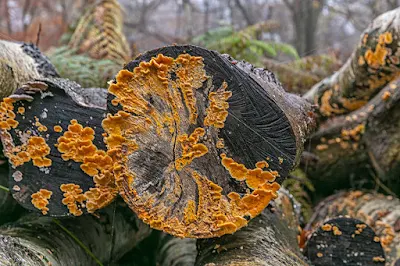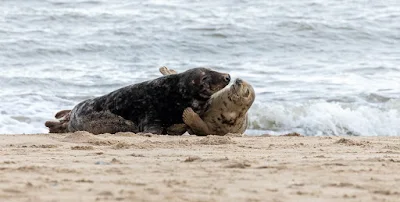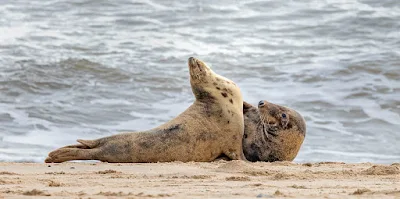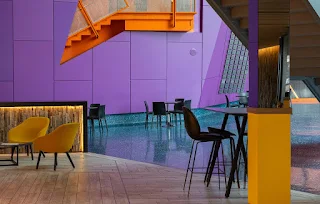The best postcode to use to get to the visitors centre is IG10 4AE. Epping Forest is a 2,400-hectare area (5,900-acre) of ancient woodland between Epping in Essex to the North, and Forest Gate in Greater London to the south, straddling the border between London and Essex. It is a former royal forest, and is managed by the City of London Corporation.
It contains areas of woodland, grassland, heath, rivers, bogs and ponds, and its elevation and thin gravelly soil (the result of glaciation) historically made it unsuitable for agriculture. Today's beech-birch and oak-hornbeam-dominated forest was the result of partial forest clearance in Saxon times. The Autumn colours were still amazing but must have been outstanding a couple of week ago before the rain and wind. It has been a good year for fungi and there were varies to discover.
The forest is thought to have been given legal status as a royal forest by Henry II in the 12th century. This status allowed commoners to use the forest to gather wood and foodstuffs, and to graze livestock and turn out pigs for mast, but only the king was allowed to hunt there. "Forest" in the historical sense of royal forest meant an area of land reserved for royal hunting. Today many people enjoyed walking, cycling, running and of course photographing!




























































